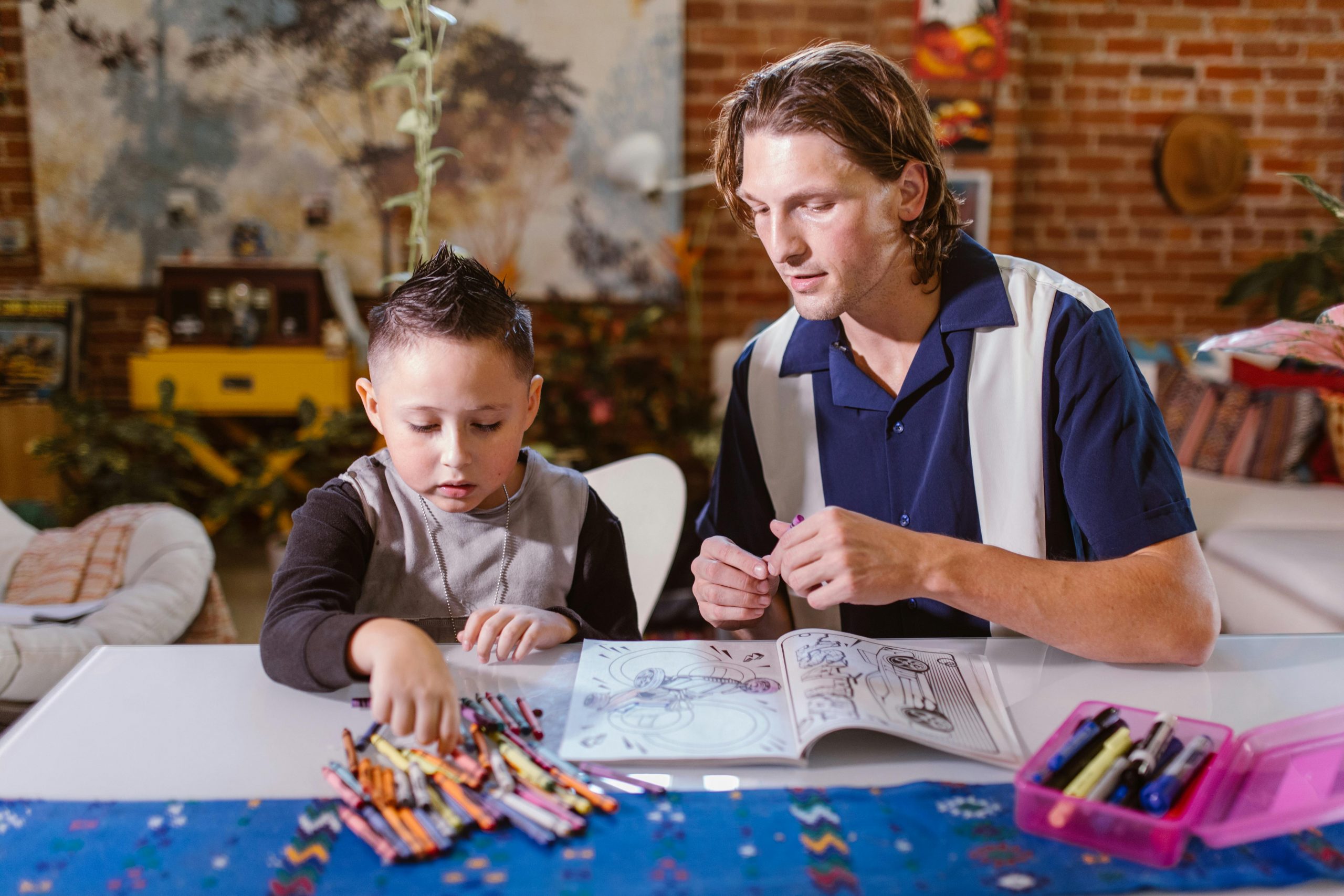
Building Resilience: 10 Tips for Weathering Life’s Little Disappointments
Introduction
Building resilience is essential for navigating life’s inevitable setbacks. Whether it’s not making the school football team or facing rejection from a drama club audition, disappointment is an unavoidable part of growing up. The key is learning how to cope with these setbacks effectively and coming out stronger.
At Thomas Keith Independent School, we believe in equipping children with the emotional tools they need to manage rejection positively. Teaching resilience early helps young minds develop confidence, adaptability, and a growth mindset – essential traits for success in both education and life.
This guide will provide you with ten practical strategies to help your child face setbacks head-on, ensuring they develop emotional strength and perseverance.
Empathy First
Resilience begins with understanding. The first step in building resilience is acknowledging your child’s feelings.
Disappointment can feel overwhelming, and a simple statement like “I understand how you feel” can provide much-needed comfort. Validating their emotions allows them to process their feelings rather than suppress them, making it easier for them to move forward.
Share a Personal Story
Nothing helps a child feel less alone than knowing that even adults face rejection. Share your own experiences with setbacks – whether it was not getting selected for a school team, missing out on a job, or facing personal challenges.
By demonstrating that everyone encounters obstacles, you reinforce the idea that setbacks are a normal part of life and nothing to fear.
Focus on Effort, Not Just the Outcome
One of the most important lessons in building resilience is teaching children to value their efforts rather than just the result.
Encourage them to take pride in the hard work they put in, regardless of the final outcome. If they focus on improving their skills rather than immediate success, they will be more likely to keep trying and less likely to fear failure.
Encourage Other Opportunities
Rejection is not the end of the road – it’s just a detour. If one path doesn’t work out, help your child explore other opportunities.
Maybe missing out on the football team means they have more time to develop a new interest, such as music, coding, or art. Encourage them to see setbacks as redirections rather than dead ends.
Use Rejection as a Learning Tool
One of the most valuable aspects of building resilience is viewing rejection as feedback rather than failure.
Help your child analyse what went wrong and what they can do better next time. This turns disappointment into a constructive experience that fosters growth and self-improvement.
Avoid Over-Pampering
It’s natural to want to shield your child from pain, but overprotecting them can hinder their development.
Children need to experience disappointment to develop emotional strength. Instead of removing obstacles, guide them in learning how to overcome them. The goal is not to prevent struggles, but to prepare them to handle challenges independently.
Develop a Growth Mindset
A growth mindset is a powerful tool in building resilience. Teach your child that abilities are developed through effort and persistence.
Instead of saying “I’m not good at this,” encourage them to say “I’m not good at this… yet.” The simple addition of yet changes their outlook, reinforcing the idea that improvement is always possible with dedication.
Practice Makes Perfect
Nobody becomes great at something overnight. Remind your child that every skill takes time and effort to master.
From learning to ride a bike to solving complex maths problems, improvement comes with repetition. By embracing the idea that consistent effort leads to progress, they will be less discouraged by setbacks.
Keep the Bigger Picture in View
When faced with disappointment, it’s easy to feel like it’s the end of the world. But in reality, setbacks are just tiny moments in the grand scheme of life.
Help your child zoom out and see the bigger picture. Will this disappointment matter in a year? Probably not. Keeping perspective helps reduce the emotional impact of minor setbacks.
Stay Connected and Supportive
The strongest foundation for building resilience is having a reliable support system. Knowing that they have someone to talk to and lean on makes a world of difference for a child facing difficulties.
Be there to listen, offer advice, and encourage them. The knowledge that they are not alone can give them the courage to try again.
Bonus Tip: Consider Online Learning for Greater Confidence
At Thomas Keith Independent School, we recognise that education isn’t just about academics – it’s about developing confidence and resilience.
Online learning offers children the opportunity to explore diverse subjects in a flexible and supportive environment. If your child has faced setbacks in traditional schooling, online education can provide an alternative path where they can rebuild their confidence and discover new passions.
Conclusion
Building resilience is one of the most valuable skills a child can develop. Life is full of disappointments, but with the right mindset and support, children can learn to navigate setbacks and emerge stronger.
By fostering empathy, encouraging a growth mindset, and providing new opportunities, you empower your child to tackle challenges with confidence.
If you’d like to learn more about how Thomas Keith Independent School can support your child’s educational and emotional development, visit our website or BOOK A CALL with our experts today.
Frequently Asked Questions (FAQs)
1. How can I help my child handle disappointment better?
Acknowledge their feelings, encourage a growth mindset, and help them see setbacks as learning opportunities.
2. What is the best way to teach resilience to children?
Lead by example, reinforce effort over outcomes, and give them opportunities to face and overcome challenges.
3. How do I stop my child from giving up after a setback?
Encourage perseverance, remind them of past successes, and help them break big goals into smaller, manageable steps.
4. Is it okay to let my child fail?
Yes. Failure is an important part of growth. Rather than preventing failure, focus on teaching them how to bounce back from it.
5. What role does mindset play in resilience?
A growth mindset helps children see challenges as opportunities for growth rather than obstacles to success.
6. How can I support my child without overprotecting them?
Guide rather than shield. Teach them problem-solving skills instead of solving problems for them.
7. Does resilience affect academic performance?
Yes. Resilient students are more likely to persevere through academic challenges, leading to better learning outcomes.
8. How can I encourage my child to try again after rejection?
Highlight the value of persistence, share personal stories of overcoming failure, and celebrate their efforts.
9. What is the role of online learning in building resilience?
Online education allows children to explore their interests in a flexible and stress-free environment, helping rebuild confidence.
10. How can I prepare my child for future setbacks?
Teach them that setbacks are a normal part of life and provide them with emotional tools to handle disappointment constructively.







